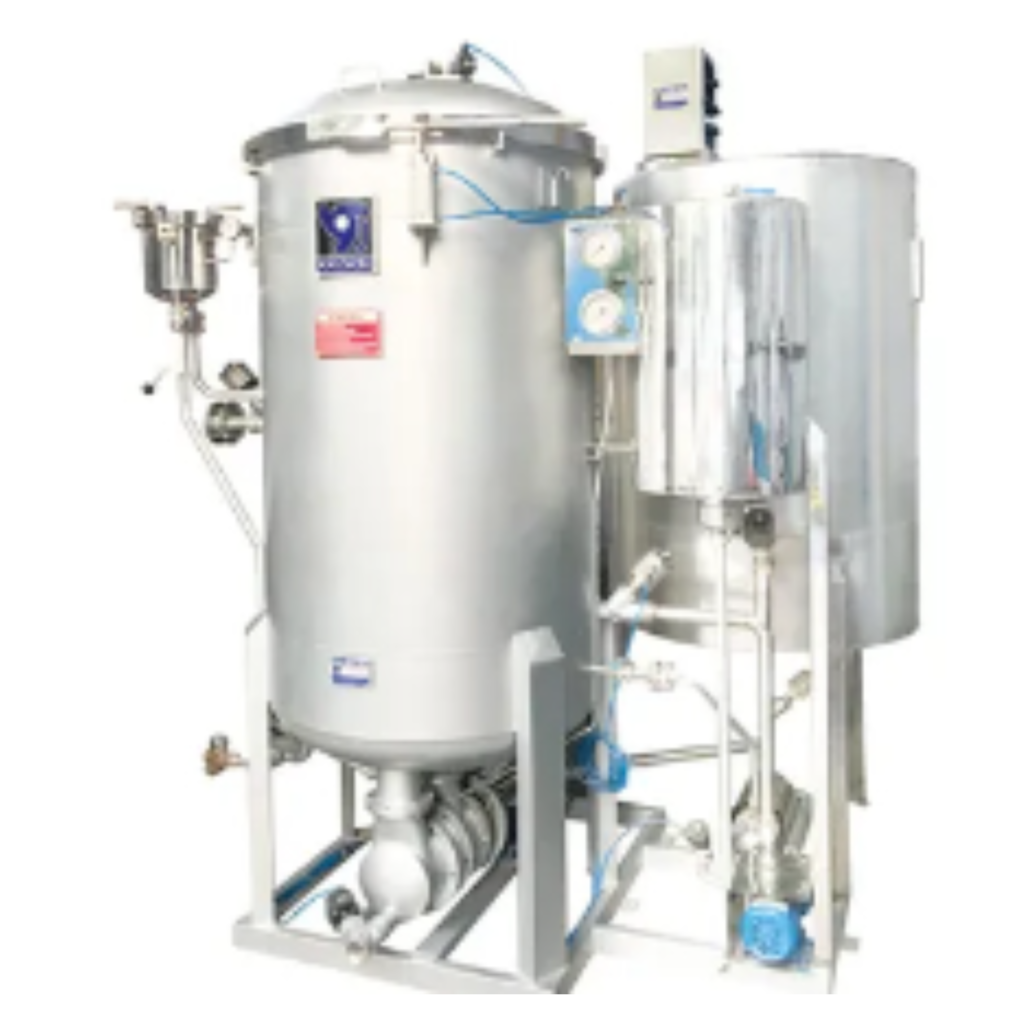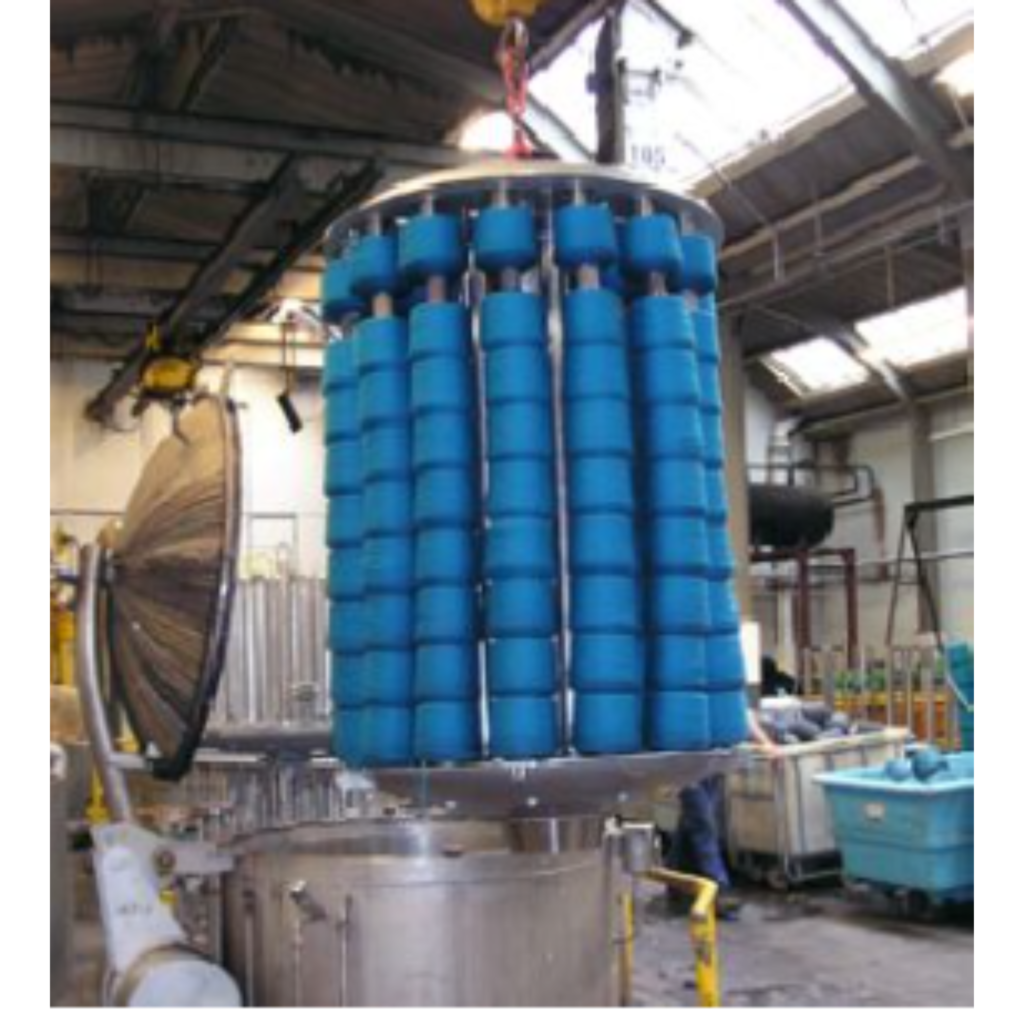Textile Technology/Products
H.T.H.P. Pilot Dyeing Machine
H.T.H.P. pilot dyeing machine is a specialized apparatus used in the textile industry for small-scale dyeing experiments and process development.
It allows textile manufacturers and researchers to test and optimize dyeing processes before full-scale production.
The working principles of an H.T.H.P. pilot dyeing machine involve the following key aspects.
Design: The pilot dyeing machine typically consists of a stainless steel dye vessel or chamber with a controlled heating system. It is designed to accommodate a smaller quantity of textile material compared to industrial-scale machines.
Dye Bath Preparation: The textile material, along with the dye stuff, chemicals, and water, is loaded into the dye vessel. The dye bath is prepared with the desired dye concentrations and auxiliary chemicals as needed.
Pressurization: The dye vessel is sealed, and the machine’s pressurization system is activated to increase the pressure within the vessel. This is usually achieved using a hydraulic or pneumatic system.
Heating: The dye bath is heated to the required temperature using steam or electric heating elements, simulating the conditions of an industrial dyeing process.
Agitation: Agitation mechanisms, such as paddles or rotary arms, ensure that the textile material is evenly exposed to the dye liquor. Agitation helps achieve uniform dye penetration and color consistency.
Dyeing Process: The textile material remains in the dye bath for a specified duration, allowing the dye to permeate the fibers or fabric. The temperature, pressure, and agitation are controlled to simulate industrial dyeing conditions.
Cooling and Drainage: After the dyeing process is complete, the vessel is depressurized, and the dye bath is gradually cooled. The dyed material is then removed, rinsed, and subjected to post-treatment processes if necessary.

Advantages:
Process Development: H.T.H.P. pilot dyeing machines are valuable tools for developing and optimizing dyeing processes on a smaller scale before scaling up to full production.
Resource Efficiency: They require smaller quantities of textile material, chemicals, and water compared to industrial-scale dyeing, reducing resource consumption and waste.
Quality Control: These machines allow for precise control of dyeing parameters, enabling manufacturers to achieve consistent and high-quality dyeing results.
Flexibility: Researchers and manufacturers can use pilot dyeing machines for testing various dye formulations, recipes, and process conditions.

Disadvantages:
Initial Investment: The purchase and installation of an H.T.H.P. pilot dyeing machine can represent a significant upfront cost.
Limited Capacity: Due to their smaller size, pilot machines have limited capacity compared to industrial-scale dyeing machines.
Maintenance: Regular maintenance is necessary to ensure the proper functioning of the equipment.

Applications: H.T.H.P. pilot dyeing machines find applications in various textile-related fields, including:
Process Development: Testing and optimizing dyeing processes and recipes.
Color Matching: Developing and evaluating color formulations.
Research and Development: Conducting experiments and studies in textile research institutions.
Education and Training: Training textile industry professionals and students in dyeing techniques.

Summary:
H.T.H.P. pilot dyeing machines are specialized equipment used for small-scale dyeing experiments and process development in the textile industry.
They simulate the conditions of industrial dyeing processes on a smaller scale, allowing manufacturers and researchers to test and optimize dyeing processes, recipes, and color formulations.
While they offer advantages in terms of process development and resource efficiency, they come with initial capital costs and maintenance requirements.
These machines play a crucial role in achieving consistent and high-quality dyeing results in textile production.


 Sales & Marketing:
Sales & Marketing:  Service Supports:
Service Supports:  Website:
Website: 